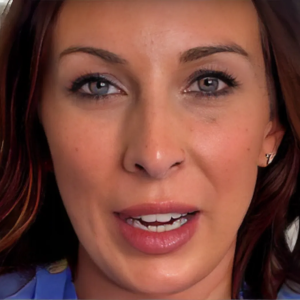Despite being able to heal from the gravest wounds, Deadpool is unable to heal the scarring on his face and body in his recent film appearances. Ryan Reynolds debuted as Wade Wilson in 2009’s X-Men Origins: Wolverine before rebooting the character in his signature comedic style in 2016’s Deadpool. After Disney’s acquisition of Fox in 2019, Reynolds was quickly confirmed to be bringing his iteration of Deadpool into the MCU, which is set to take place in Deadpool 3, currently scheduled for release on May 3, 2024. Deadpool 3 will continue Wade Wilson’s story, while also bringing him face-to-face with Hugh Jackman’s Wolverine from Fox’s X-Men franchise.
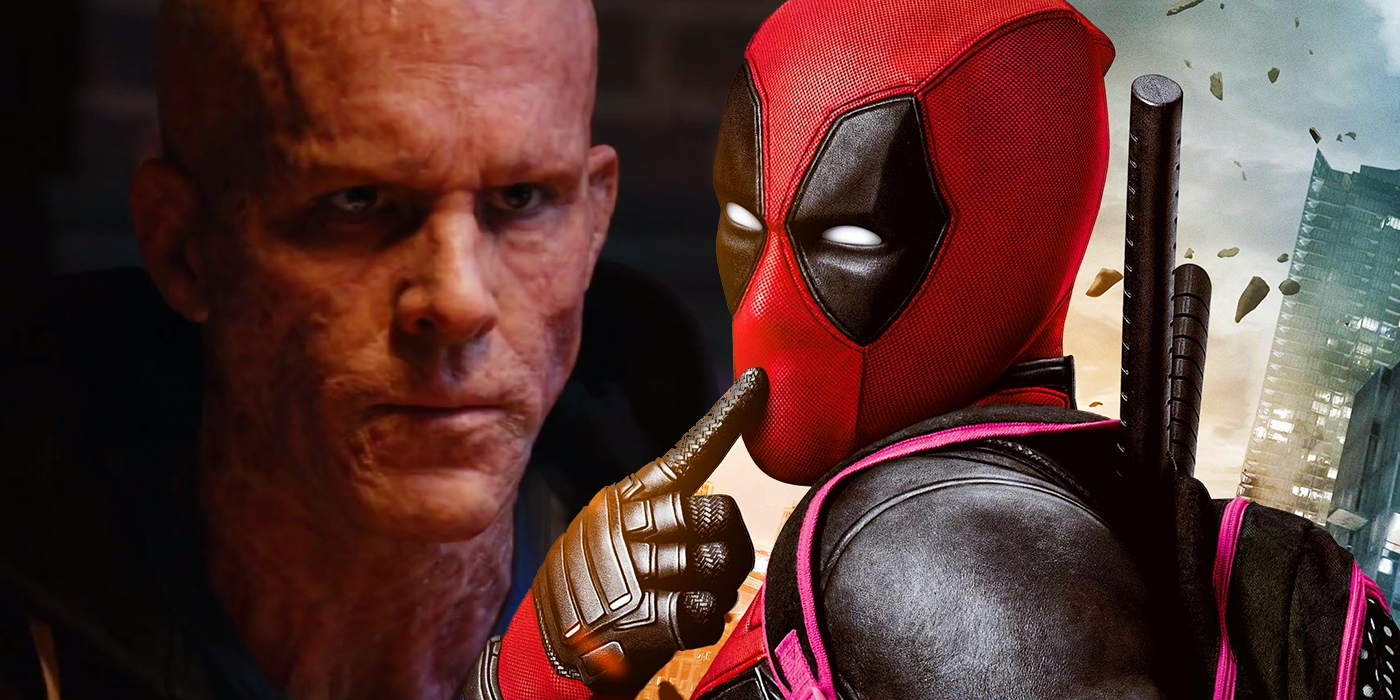
2016’s Deadpool explored Wade Wilson’s origin story as the titular antihero, briefly touching on his history as a mercenary, his relationship with Morena Baccarin’s Vanessa Carlysle, and his vendetta against Ed Skrein’s Ajax, who was responsible for Deadpool gaining his mutant abilities. The film also introduced audiences to Leslie Uggams’ Blind Al – who appears in Deadpool & Wolverine’s cast – who provided advice concerning Wilson’s costume, leading to him sporting his iconic red suit. The suit covers his entire body, hiding massive scarring that curiously doesn’t heal, even though Deadpool’s healing factor allows him to walk away from bullet wounds, regrow limbs, and even return from the dead.
Deadpool’s Face & Skin Don’t Heal Because Of His Cancer
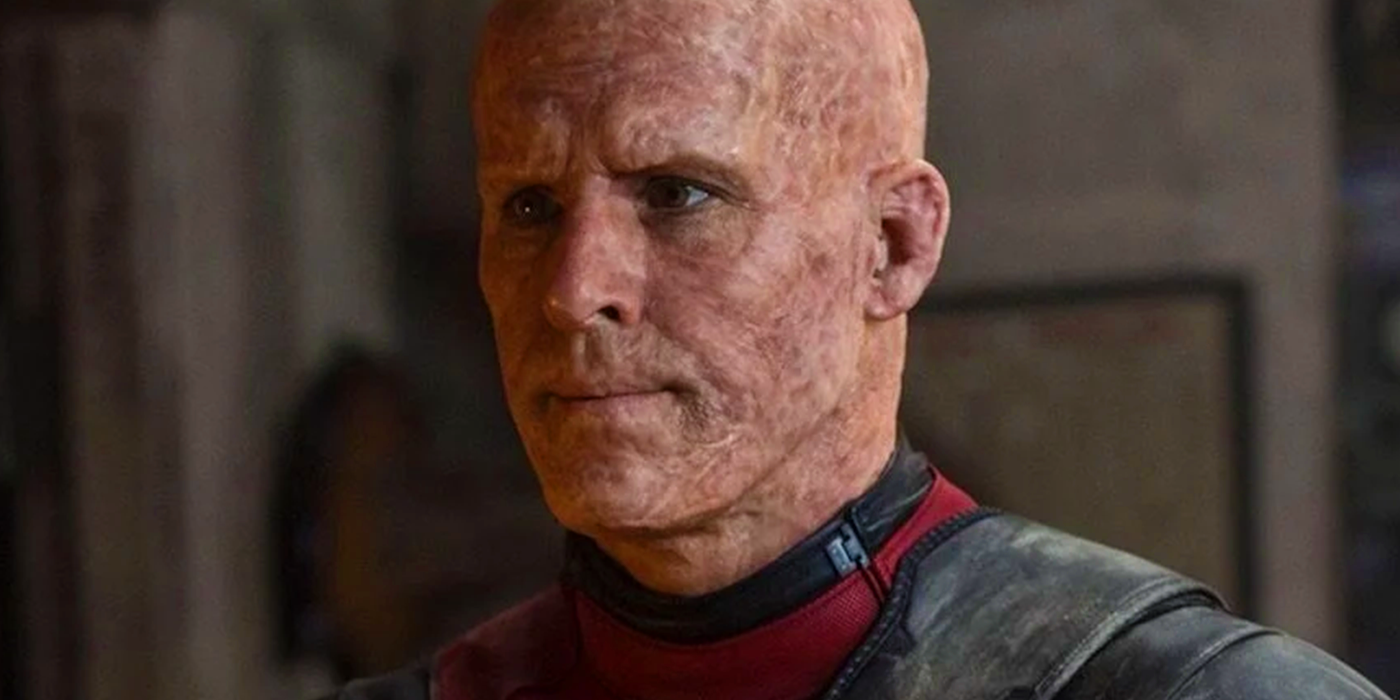
Similarly to his Marvel Comics counterpart, Wade Wilson was diagnosed with terminal cancer in 2016’s Deadpool, which spurred him to undergo experimentation in an effort to unlock his latent mutant abilities and cure his cancer. Although Wilson’s powers were unlocked, and he became the suited antihero known as Deadpool, his regenerative healing factor curiously doesn’t heal the scarring covering his entire body. This question is answered by the fact that Deadpool’s cancer hasn’t actually been cured but simply put on pause, meaning it is constantly battling with his healing factor, causing his severe disfigurement.
Many of Marvel’s mutants undergo intense physical transformations when their abilities begin to emerge, though few require as brutal of a stimulus as Deadpool. The emergence of his mutation reacted with his cancer and led to his physical transformation while undergoing prolonged torture at the hands of Ajax. During 2018’s Deadpool 2, Wilson is imprisoned in the Ice Box, and his powers are blocked. His cancer returned, proving it hadn’t been cured, and his scarring was revealed to be completely irreversible.
What Happened To Deadpool’s Face?
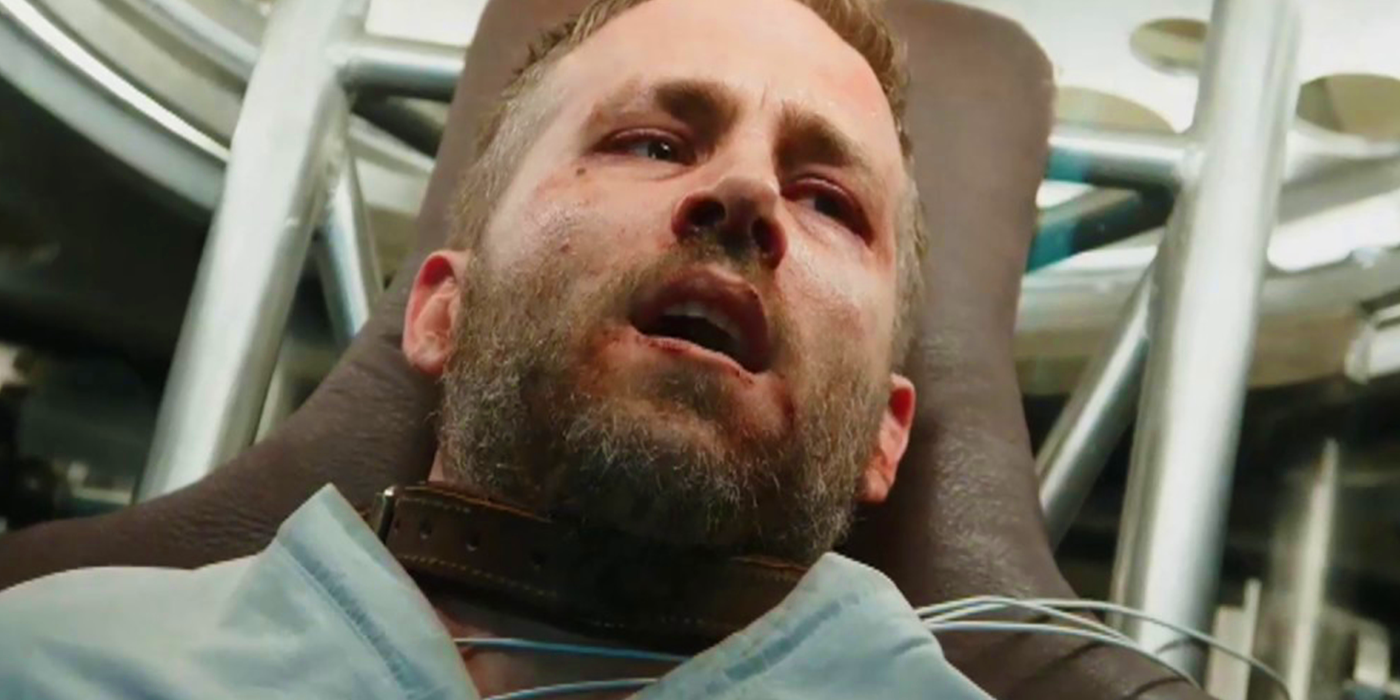
During flashback sequences in 2016’s Deadpool that explored Wade Wilson’s life in the lead-up to his powers emerging, Ryan Reynolds was able to perform as the Merc-with-a-Mouth without make-up covering his entire body. However, after Wilson’s cancer diagnosis, he volunteered to be subjected to Ajax’s experiments, hoping the development of mutant powers would cure his cancer and allow him to return to his happy life with Vanessa, who he’d abandoned following his diagnosis. After being locked inside an airtight capsule and being tortured by Ajax for a number of days, Wilson’s mutation expressed itself, reacting with his cancer and leading to his scarring.
A similar storyline unfolded in Marvel Comics, as Deadpool was diagnosed with cancer, signed up to be experimented on by the Canadian government’s Department K’s new project – Weapon X. Establishing the first connection between Deadpool and Wolverine, the latter’s DNA was placed inside Wilson, allowing his regenerative healing factor to emerge. While Deadpool operated without scars for a short time, his healing factor began to react to his cancer, causing scarring akin to his live-action adaptations. The look of Deadpool’s disfigurement has often been a focus in both Marvel Comics and the film adaptations, and this continues into the MCU’s Phase 5.
Does Deadpool’s Face Ever Heal In The Comics?
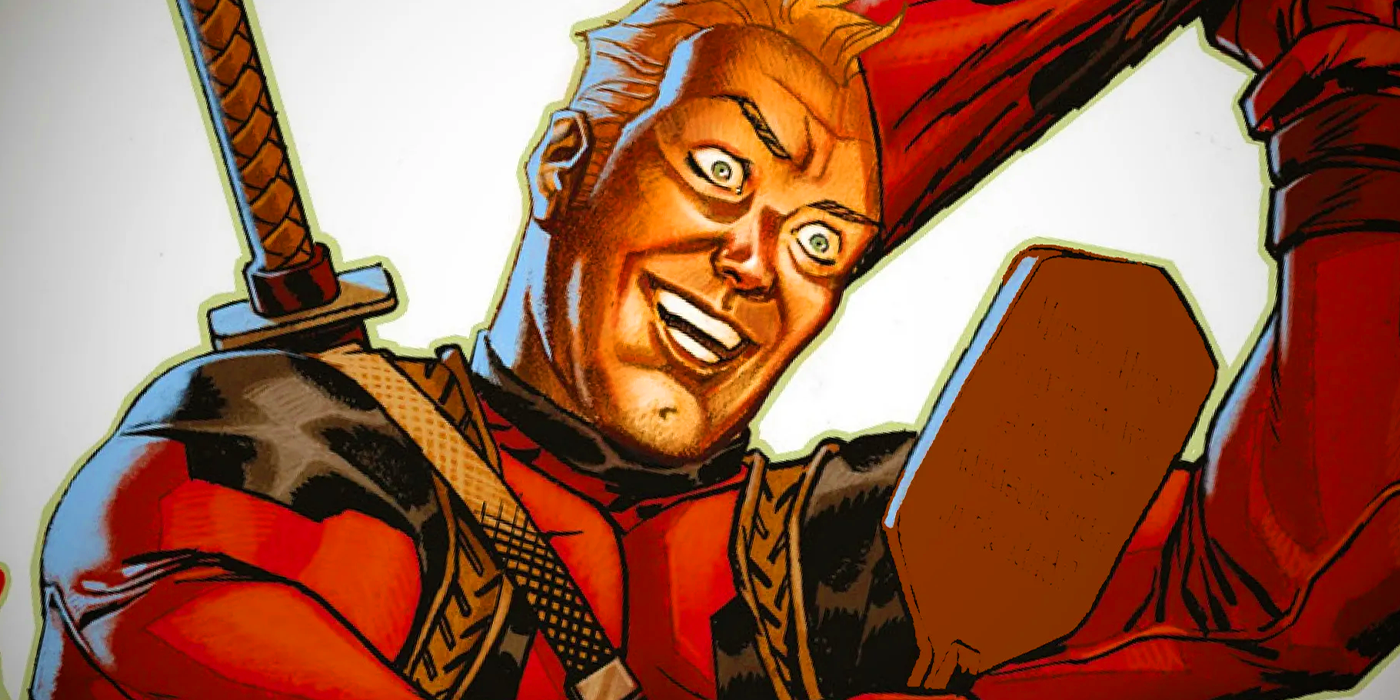
Although it hasn’t yet been seen in live-action, Deadpool’s face did heal in Marvel Comics. During 2001’s Deadpool #57, penned by Tom Chu, Georges Jeanty, Jon Holdredge, Dexter Vines, Frank Tieri, and Dave Sharpe, Sabretooth convinces Deadpool to join a new-and-improved Weapon X program.
Though initially reluctant after his previous experiences with Weapon X, Deadpool agrees and is met with an experimental serum that may enhance his healing ability. Taking a test sample of the serum actually healed every scar on Deadpool’s body, gifting him back his old face. However, as is the case with this kind of storyline in the comics, his scars eventually returned, resetting the story back to its traditional setup.
This story would be repeated in 2012’s Deadpool Reborn storyline, which sees Wade Wilson injected with a serum made by Tombstone that negates his healing factor in a way that also returns his body and face to how it looked before his origin story. Losing his powers presents challenges for Deadpool, who believes he’s been overly reliant on his special abilities to enhance his fighting prowess. This newfound return to an unscarred form is short-lived, though, as Wade is set on fire not long after, which returns him to his usual appearance.
There have been a number of other occasions where readers have glimpsed Deadpool’s true face beneath the scars, but these storylines haven’t yet been adapted into live-action. This is seemingly partially because it would hamper the over the top gore and chaos of the Deadpool movies, and because the storylines themselves tend to be more complex and involve many characters from others corners of Marvel lore that would be hard to introduce, but hard to replace with another figure to avoid having to debut them.
There was speculation that Deadpool & Wolverine‘s story could end up seeing Wade’s face restored at some point in its story, especially since a key hype point for the movie was that it carried the character into the MCU, making many potential plotlines more possible. While this doesn’t happen in the film itself, Deadpool & Wolverine does provide a look at what Reynolds’ beloved Marvel antihero could have potentially looked like years after his origin story without the scarring that comes from it and his powers – though things don’t end well for the character who provides this interesting glimpse.
Deadpool & Wolverine Shows What A Non-Scarred Deadpool Would Be Like
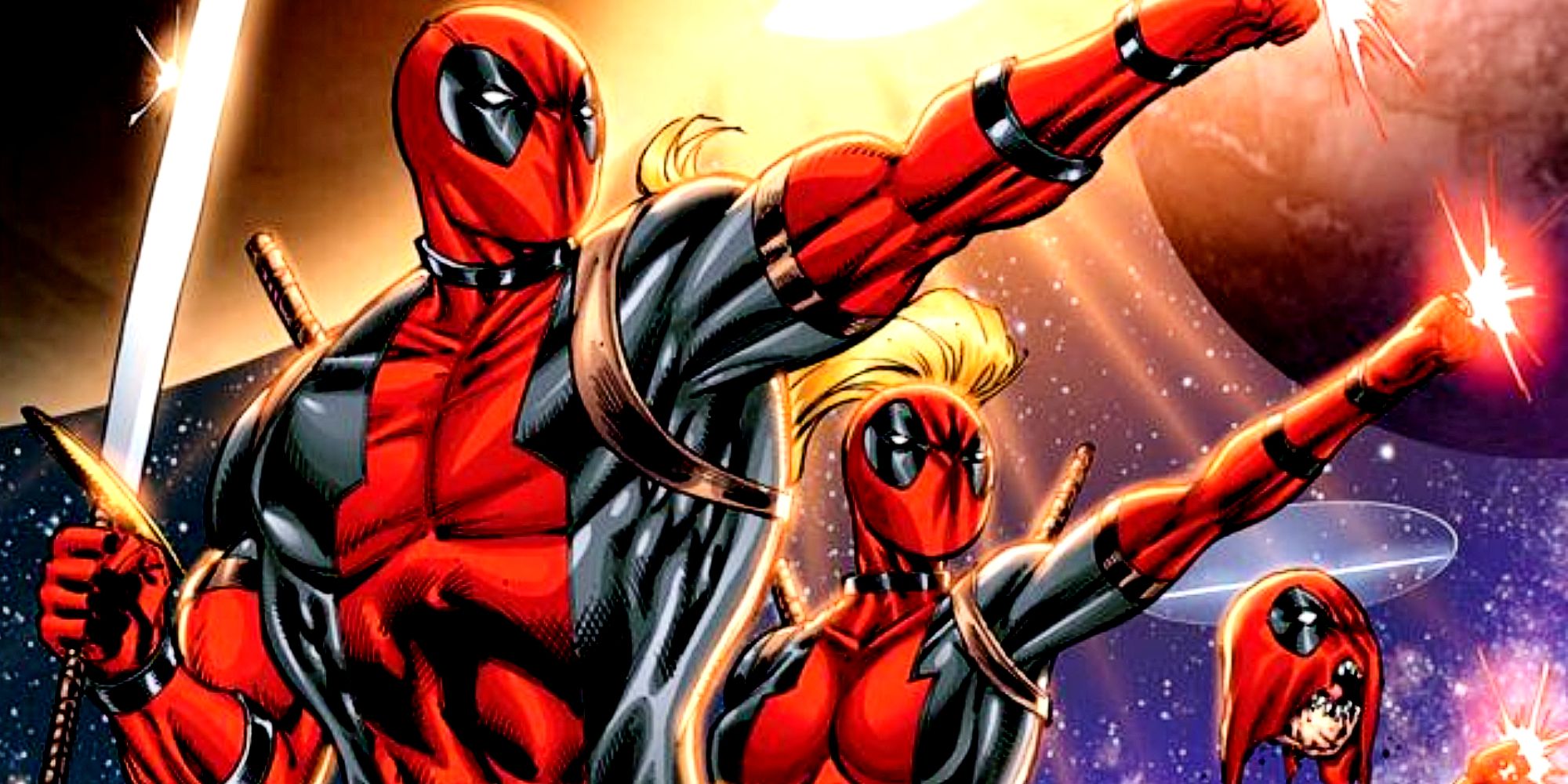
Deadpool & Wolverine‘s huge number of cameos feature a range of Deadpool variants, but most notably included one that appeared to show what a non-scarred Wade Wilson could be like years after the last glimpse of his pre-scarred face. Also played by Ryan Reynolds – though credited to the fictional “Gordon Reynolds” in the credits – the MCU’s Nicepool is a version of Wade without the scarring and with flowing locks of hair, seemingly intended to be a contrast to Deadpool having to wear a hairpiece in his car dealership job since his hair appears unable to grow back.
However, this unblemished skin is revealed to be the result of a colossal weakness compared to the main universe’s Deadpool, as it’s shown later in the movie that Nicepool doesn’t have a healing factor like the main Wade Wilson – and indeed, like almost every other variant of Deadpool that’s in the movie, as basically the entire Deadpool Corps are shown to share these regenerative powers. As such, it appears that Nicepool’s face is not scarred because he didn’t have the origin story that the main Wade did, or failing that, because his healing factor either never existed in him or was never activated.
Whatever the case, this leads to Nicepool’s bloody and drawn out death, showing just how different this Deadpool variant really is. While it’s a brutal fate for the character, it’s a nice way to reiterate how tied together Deadpool’s scars and his powers truly are, especially since audiences may have lost sight of this by the time of the third Deadpool movie.



